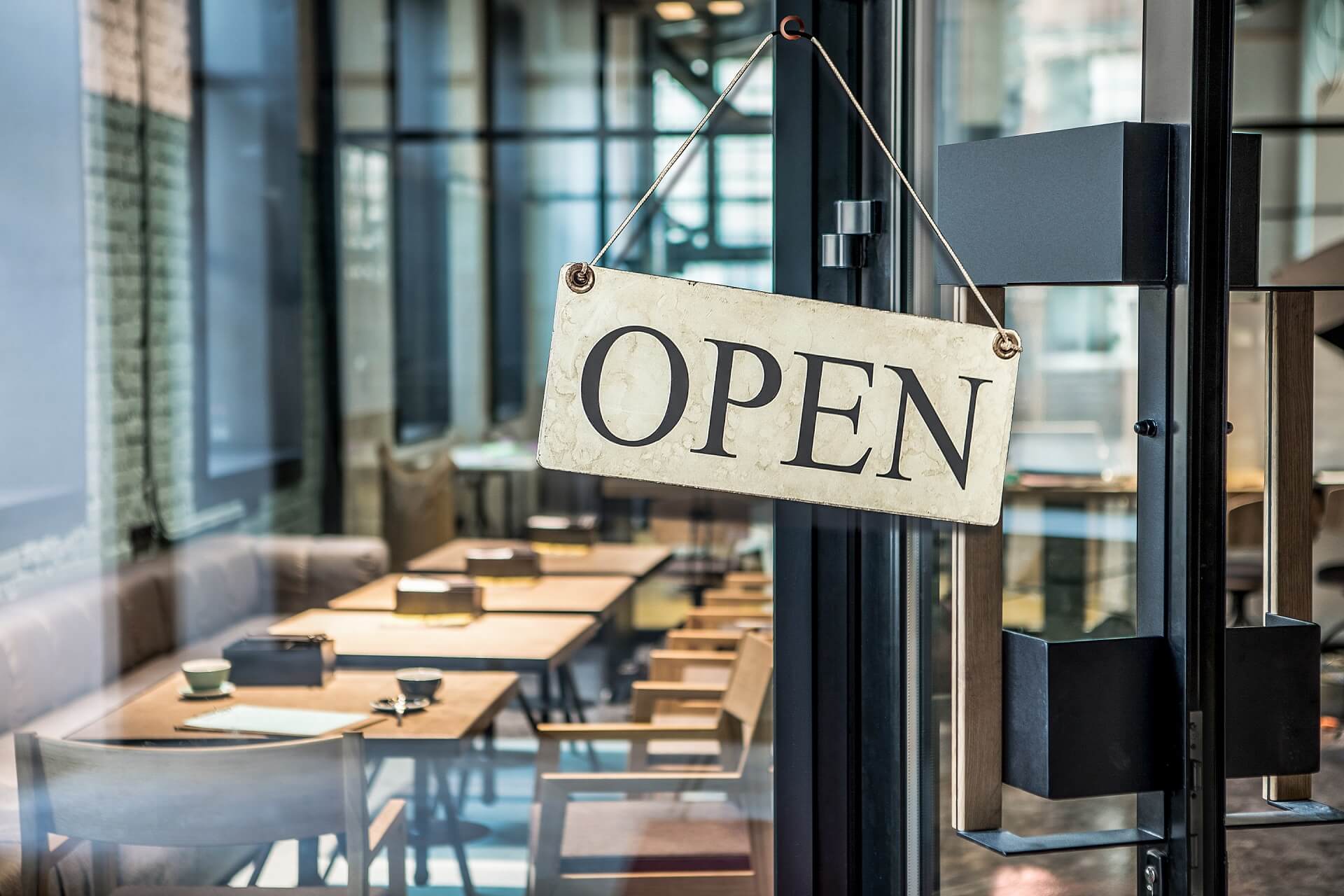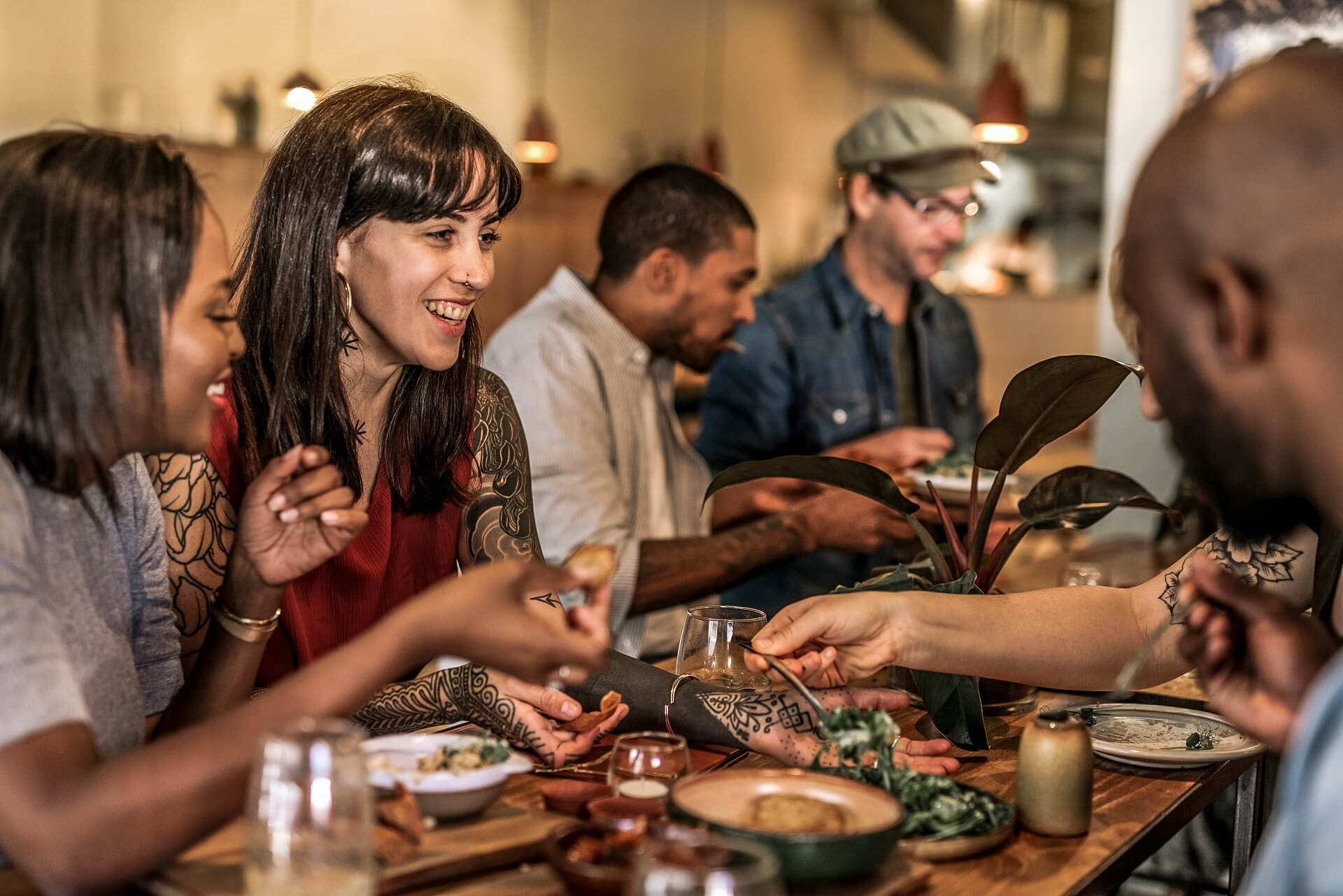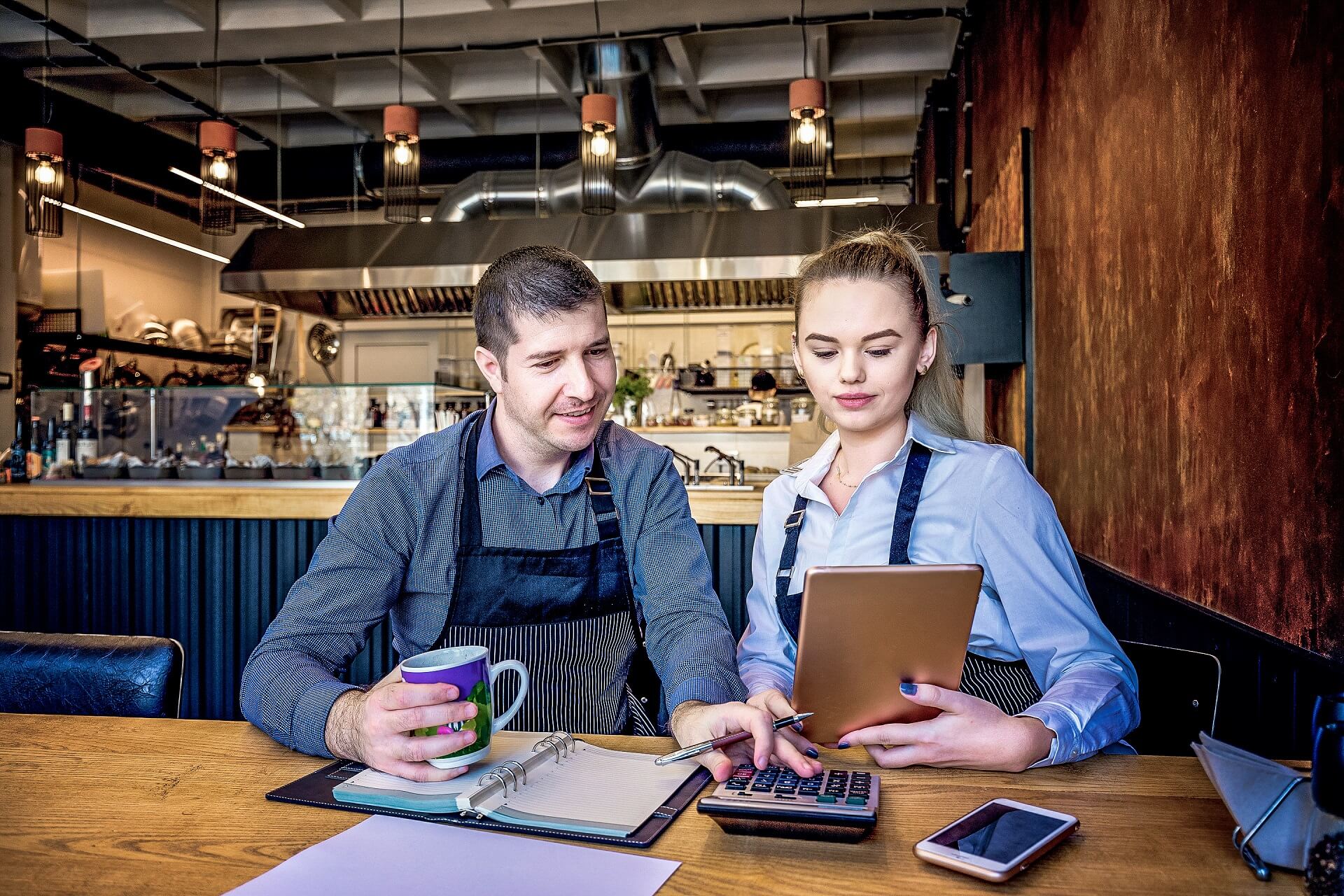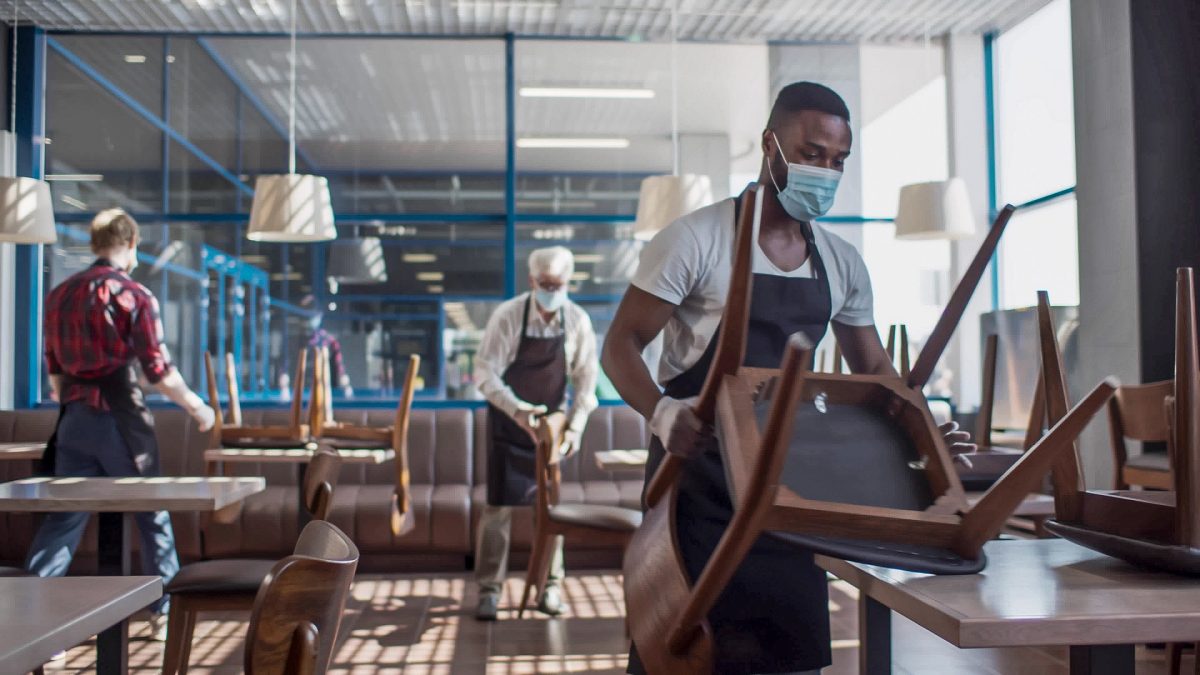For many restaurants, recent months have signified the beginning of the end of the pandemic. As countries continue to roll out immunization programs, restrictions imposed on foodservice operations start to strip away too. The return to business is a much-needed shot in the arm for an ailing sector.
“We are starting to see the light,” says Joan Roca, head chef of El Celler de Can Roca in Spain. “We are back with the full team and we are starting to see tourists visiting again – it’s almost like starting over again and we are excited.” In Europe, countries have adapted a range of approaches for safe reopening. UK restaurants, cafes and pubs have been allowed to open outdoors since 21 April and opened to indoor diners from 17 May. Guests are required to wear masks on arrival and departure and while moving around the restaurant, but not while seated at their table, regardless of vaccine status. Denmark, meanwhile, has embraced a testing approach that requires diners to show a negative Covid test when they enter a bar or restaurant. Reservations must be made at least 30 minutes in advance. A much-anticipated Corona passport will soon be implemented to eliminate the need for testing. In the US, according to CNN, as of mid-May each state that had previously imposed stay at home orders had begun lifting the restrictions too. The Centers for Disease Control and Prevention (CDC) has eased the restrictions on wearing masks outdoors, meaning that those who are fully vaccinated – having had both shots of the Moderna or Pfizer vaccine or the one-shot Johnson & Johnson vaccine – no longer need to wear a mask when dining at an outdoor restaurant. Unvaccinated people are still required to wear a mask and diners are still required to wear a mask indoors, but occupancy levels continue to depend on the individual state. In New York City, restaurants can operate with 100% capacity while those in California are still restricted to 50% occupancy.

Restaurant reopen again / Image: Shutterstock | artjazz
Marking the milestones
It’s hard to overstate the impact of Covid-19 and the restrictions that came with the pandemic. According to the National Restaurant Association, in the US alone, restaurant sales in 2020 were $240bn lower than what had been forecasted and more than 100,000 establishments shut their doors, at least temporarily. The return to some level of normalcy is welcomed in towns and cities across the country and foodservice operators are returning with ambition. Last month Dunkin’ Donuts announced that already 2,600 sites had opened for indoor dining with a 1,000 more expected before the start of summer. As many other QSR operators Dunkin’ Donuts had kept 90% of sites open for off-premise dining during the pandemic, but reopening for in-door dining marks a milestone in the recovery. “As we continue to navigate through the challenges of the Covid-19 crisis, we want to reinforce our ongoing commitment to the health and safety of guests, franchisees, employees, and the communities we serve,” said Dunkin’ president Scott Murphy in a statement. “We’re continuing our legacy of being there when people need us most and we have a thoughtful approach with our franchisees to reopen as many dining rooms as possible by summer to welcome our guests for inside dining.”

Restaurant dining / Image: AdobeStock | mavoimages
Caution persists
It’s much needed positive news, but a look around the world makes it clear that while conditions for hospitality are improving in one country, they are less encouraging in others. If Asian countries appeared to be first out of the initial stages of the pandemic, some are now experiencing subsequent waves and exercising caution to contain the spread. In Hong Kong a so-called vaccine bubble was introduced at the end of April. Restaurants with vaccinated staff who have already received their first dose of the jab will be allowed to operate until midnight and seat up to six customers per table. When staff have received their second vaccination, restaurants can set up a specific area for customers who have taken their first vaccine dose, seat eight guests per table, operate at 75% capacity, and resume dining services until 2am. In Malaysia the government imposed a state-level lockdown three weeks ago followed by a full national lockdown.

Restaurant sales is increasing / Image: AdobeStock | dpVUE .images
“We had seen a pick-up in sales for many F&B businesses as spending was increasing and many people were dining out when the state level Conditional Movement Control Order was lifted in March, but right now dine-ins are not allowed and traveling inter-district has been imposed,” says Brandon Kua FCSI, a foodservice consultant with Kitchen Inc., in Malaysia. As the country with the highest infection/million-person rate rising above India, the Malaysian government has acted to restrict business operating hours to 8pm in an effort to curb the rise in infection cases. There’s hope that the vaccination can be rolled out faster than its current pace in order to immunize the community and get foodservice operations open again. “We have seen our restaurant sales plummet by almost 90% since the lockdown started 3 weeks ago,” says Kua. “Many restaurants are going to suffer and we have also read and heard news about more hotels are going to have to close down if this continues.” In Singapore, where Kitchn Inc works with many restaurants, Kua says things are tricky too – a circuit breaker lockdown is currently imposed after a rise in new cases spread around in communities and dine-in has been banned. Kua’s assessment is downcast. “For the F&B businesses it really is looking dire for everyone to stay afloat in my opinion,” he says. The number one challenge faced by foodservice businesses, he says, is cashflow, compounded by the new requirement for frequent sanitizing, which is a costly exercise.
“Finally, the cost of raw materials, ingredients and logistics have increased easily by more than 30%,” he says. “It is really a great challenge for the F&B business to try to balance food cost with salaries, utilities, rent and profit in order to keep the business going.”
















